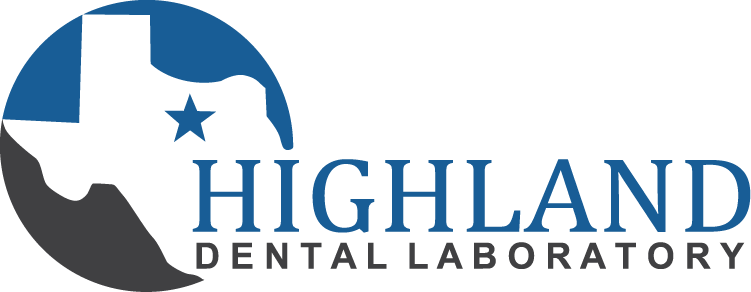As a Dentist, I think lab communication is key to restoration success

As a dentist, I often work closely with dental labs to create custom restorations for my patients. These restorations can range from simple fillings to complex implant-supported dentures. Communication between the lab technician, the patient, and myself is crucial to ensure that the final product is of the highest quality and meets the patient’s needs.
When working with a lab technician, I always provide detailed instructions on the type of restoration needed, including the material, size, shape, and color. I also send detailed notes on the patient’s specific case, including any medical conditions or allergies they may have, and any other relevant information that could impact the final outcome.
However, communication between the lab technician and the patient is equally important. This is because the patient plays a critical role in the final outcome of the restoration. When the lab technician communicates with the patient, they can better understand their needs, expectations, and concerns. This helps them create a restoration that not only looks great but also functions well and is comfortable for the patient.
For instance, if a patient is receiving a dental crown, the lab technician should communicate with them about the type of material they prefer, such as porcelain or ceramic, and the color they want the crown to be. They should also discuss any potential issues the patient may have, such as tooth sensitivity or an uneven bite. This information can then be relayed back to the dentist, who can make any necessary adjustments to the restoration.
In some cases, the lab technician may need to communicate directly with the patient to obtain certain information or clarify any concerns. This is especially true for more complex restorations such as implant-supported dentures. The lab technician may need to take impressions or measurements directly from the patient to ensure that the restoration fits properly and looks natural.
Effective communication between the lab technician, the patient, and the dentist is essential for creating high-quality dental restorations that meet the patient’s needs and expectations. It allows all parties to work together to achieve the best possible outcome for the patient. As a dentist, I always strive to maintain open lines of communication with my lab technicians and patients to ensure that we can work together effectively to provide the best possible dental care.

